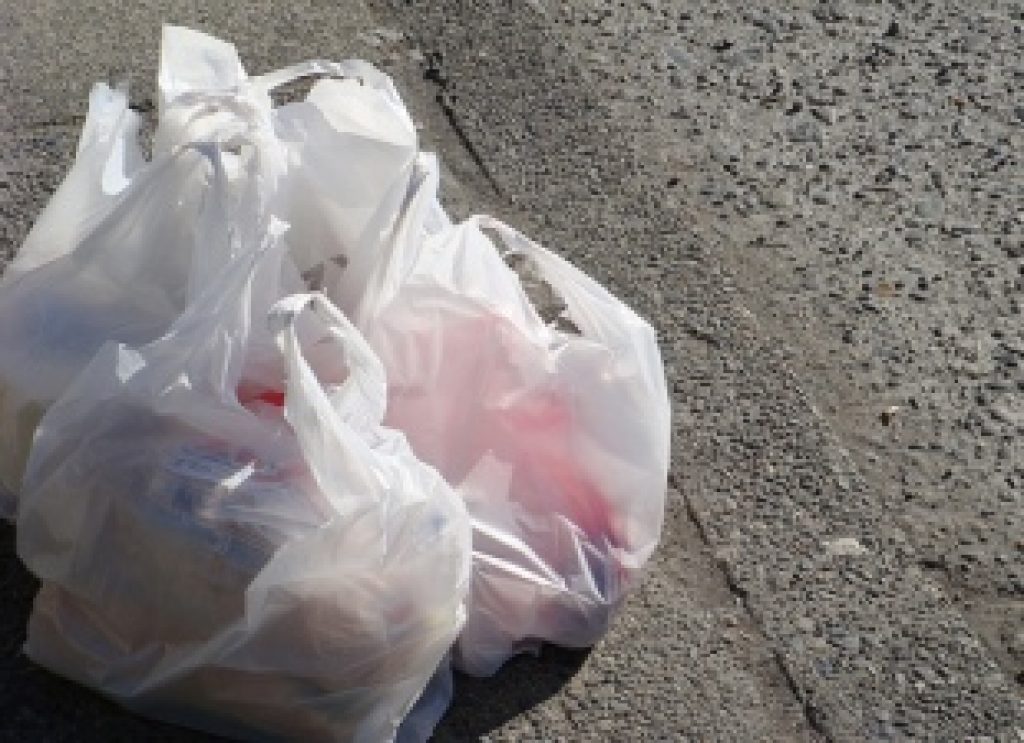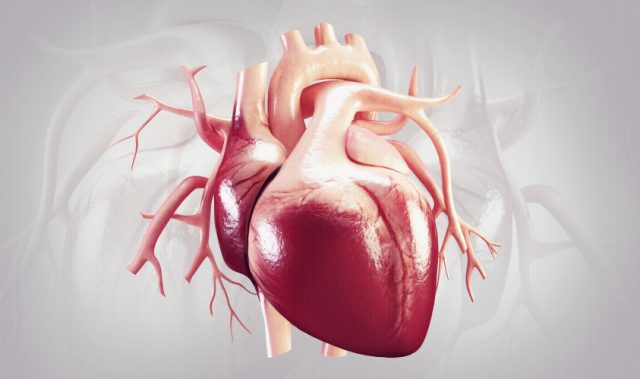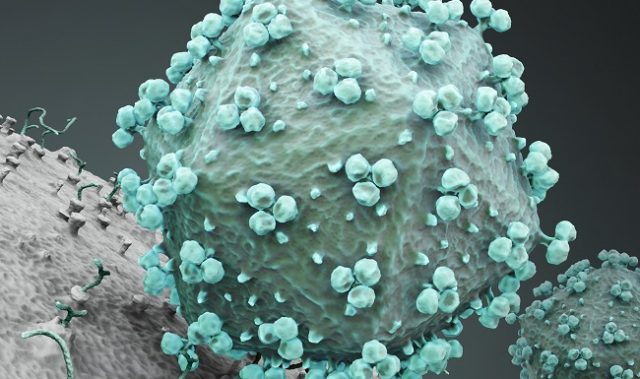
Asian Scientist (Sep. 26, 2013) – Australian researchers have developed a process for turning waste plastic bags into a high-tech nanomaterial.
The innovative technology, described in a paper published in Carbon, uses non-biodegradable plastic grocery bags to make ‘carbon nanotube membranes’ – highly sophisticated and expensive materials with a variety of potential applications.
“Non-biodegradable plastic bags are a serious menace to natural ecosystems and present a problem in terms of disposal,” said Professor Dusan Losic, the senior author of the study.
“Transforming these waste materials through ‘nanotechnological recycling’ provides a potential solution for minimizing environmental pollution at the same time as producing high-added value products.”
Carbon nanotubes are the strongest and stiffest materials yet discovered – hundreds of times stronger than steel but six times lighter – and their unique mechanical, electrical, thermal and transport properties present exciting opportunities for research and development.
They are already being used in electronics, sports equipment, long-lasting batteries, sensing devices and wind turbines.
In their research, the scientists ‘grew’ carbon nanotubes by first vaporizing pieces of grocery plastic bags in a furnace to produce carbon. The carbon generated is then used to form layers on nanoporous alumina membranes. In this way, tiny carbon cylinders are formed within the pores of the membrane.
The huge potential market for carbon nanotubes hinges on industry’s ability to produce large quantities more cheaply and uniformly. Current synthesis methods usually involve complex processes and equipment, and most companies on the market measure production output in only several grams per day.
“In our laboratory, we’ve developed a new and simplified method of fabrication with controllable dimensions and shapes, and using a waste product as the carbon source,” said Professor Losic.
The process is also catalyst and solvent free, which means the plastic waste can be used without generating poisonous compounds.
The article can be found in: Altalhi et al. (2013) Synthesis Of Well-Organised Carbon Nanotube Membranes From Non-Degradable Plastic Bags With Tuneable Molecular Transport: Towards Nanotechnological Recycling.
——
Source: University of Adelaide; Photo: velkr0/Flickr/CC.
Disclaimer: This article does not necessarily reflect the views of AsianScientist or its staff.












